As Search Engine Marketing is a crucial component of many digital marketing plans in the mobile age, having solid mobile SEM ad copies is becoming more and more important. In this post, I will share 14 best practices for Mobile SEM ad copies. We won’t talk about messaging strategy as it would take a lots of space to talk about both of these topics together. If you want to know more information, you could refer to my ebook about “Search Engine Marketing in the Mobile age“.
Update Jul 2020: since this post was written back in 2015 and much has changed, I recently wrote an update “12 Mobile SEM ad best practices” in Jul 2020. The best practices include leveraging newer ad formats like expanded text ad, responsive search ad; and other tips like keyword insertion, relevant mobile extensions etc.
Update Nov 2023: Looking for an easier way to generate high-performing SEM ad copy? Check out my new article “Generate High-Performing SEM Ad Copy with ChatGPT and Google Best Practices” where I introduce a new GPT-4 powered tool, SEM Ad Copy Expert, that leverages ChatGPT and the latest Google best practices to automatically create optimized responsive search ads. This nifty tool can save you hours of time writing ads manually while generating multiple high-converting ad variations. Click the link above to learn more about how SEM Ad Copy Expert can level up your paid search campaigns.
First let’s talk about how typical SEM ads look like on different mobile devices?
1. How do typical SEM ads look like on mobile devices?
Unlike with desktop/laptop, on mobile devices, there are maximum 3 ads on top of the page, and then you will see organic search results. At the bottom of the page, you may see SEM ads again. Below are three examples for different phone models and screen sizes. The first one is for iPhone 5. As you could see, without scrolling down, the first two SEM ads occupy the entire above the fold phone screen.
The second example is for iPhone 6s with 5.5 inches screen size. You could see 3 SEM ads also occupying the entire screen above the fold. Again, you couldn’t see any organic search results without scrolling down.
This last example is for samsung galaxy, with screen size of 5 inches. Similar to iPhone 6s example, you can’t see organic search results here either without scrolling.
2. 14 Mobile Ad copy best practices
1. Include keyword in your ad title and/or description line 1. This will help to improve Click through rate (CTR) and Quality Score (QS).
2. Include keyword (or part of it) in the display URL if possible
3. Use mobile preferred ad copy. Don’t use the same ad copy for both desktop and mobile because on mobile, your description line 2 may not appear always. The explanation from Google is here.
- It’s important then to include most critical information or even call to action on your headline and description line 1.
- This happens when the system thinks that your ad would perform better with just description line 1 and sitelinks or other combination.
4. Longer headline: take advantage of longer headline. As you may know, on desktop or mobile, Google system may automatically combine your headline and description line 1 to make a longer headline. This obviously could improve your CTR quite a bit.
- Again what it means is that you would need to put a complete thought for headline and your description line 1.
- Many of the above examples have longer headline
or
5. Try to test different call to action for mobile ads like “Speak to a specialists today” if you are a dentist, or “Call now” if you are a local florist
6. Assuring optimised landing page pre click: If possible, assure prospective customers that their experience on the landing page would be optimised. This could be quite important, especially if your competitor’s landing page is not mobile optimized 100%. You could do this by having “/m” or “/mobile” on the display URL
7. Use as many relevant ad extensions as possible. Ad extensions help you to:
- Increase your ad Click through rate (CTR) by giving users more choice to select what is relevant to them (sitelinks), more information about your business (call out extension)
- Increase the real estate that you ad occupy on the page. This also help to improve CTR, especially on a small mobile screen
- Improve quality score.
8. Sitelink extension
- You should create mobile specific sitelinks taking into consideration the intent and context when user search for your product/service on the go
- You could also consider schedule your sitelinks since different time of the day, prospective customers may be able to interact with your brand in different ways.
- Create at least 6 different sitelinks since the Adwords system would automatically selects the best performing ones to show. This will help to increase the chance of success.
9. Callout extension: It’s a given that you should use call out extension on all campaigns. It would help to make your ad copy stand out more and improve CTR.
10. Call extension (if applicable). There is an option to set up “Call only” campaign, which we will cover later on
- Remember to schedule “Call extension” during hours that you could answer the phone
11. Location extension. This is particularly important if you want prospective customer to visit your store/location
12. Review extension. It goes without saying that review from a third party adds tremendous value to your ads
13. Automated ad extension: there are other automated ad extensions like “Consumer ratings”, “Previous visit”, “Seller rating” etc… that you could try to influence as well.
14. App download & App engagement: Google has separate campaign type to support app download or app engagement objectives so please think carefully if you decide to use App extension instead of a dedicated campaign type. Only use App extension if your primary objective is Not app download.
That’s about it for now. If you want to know more information, you could refer to my ebook about “Search Engine Marketing in the Mobile age“.
Have a great week ahead,
Chandler
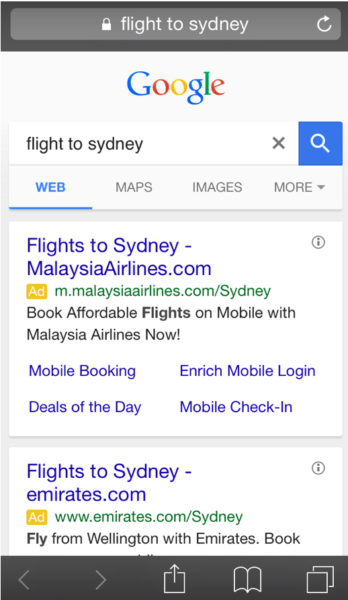
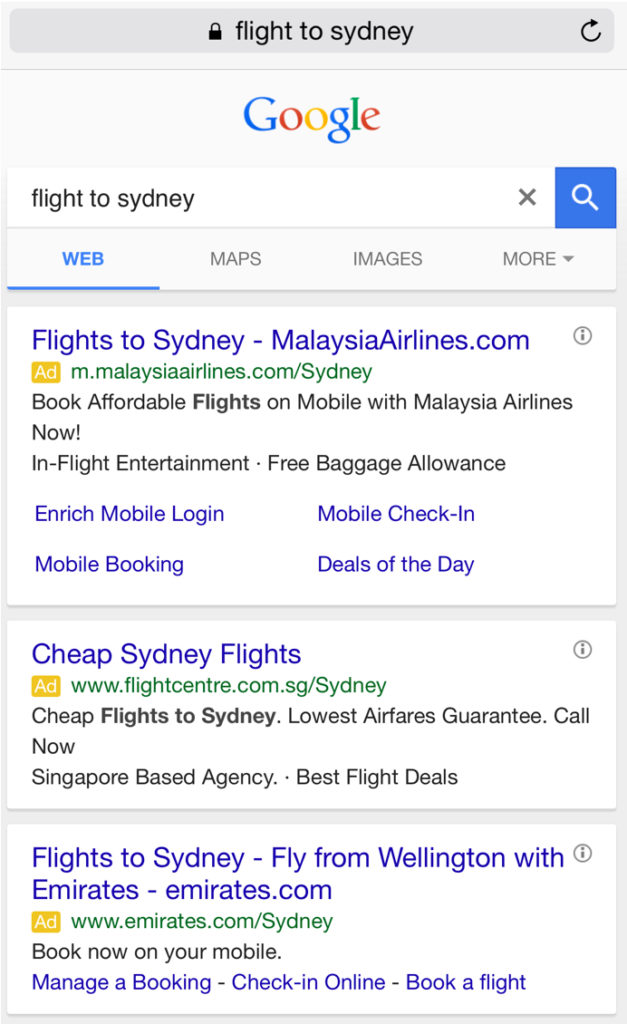
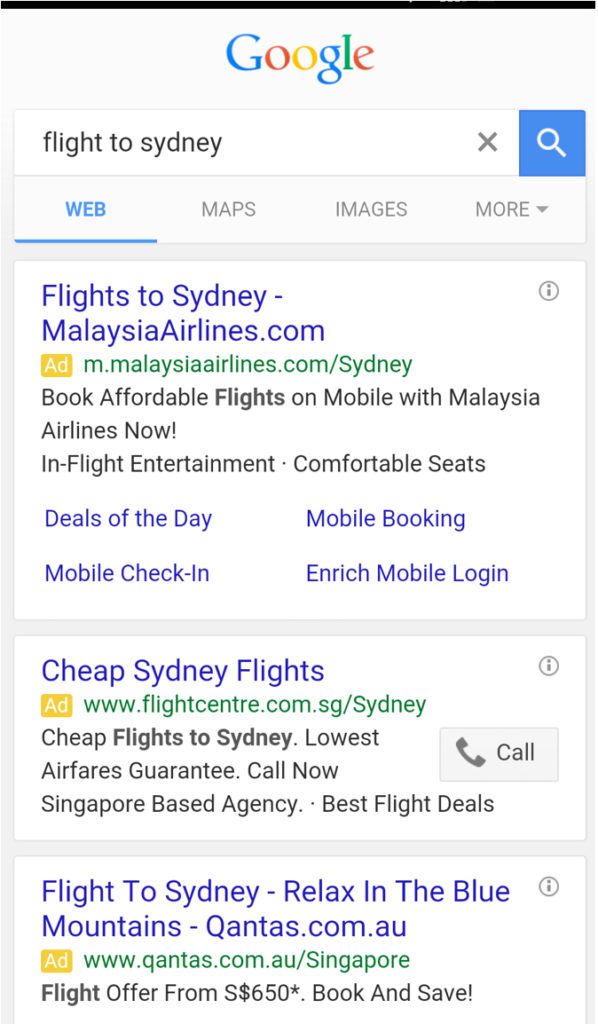



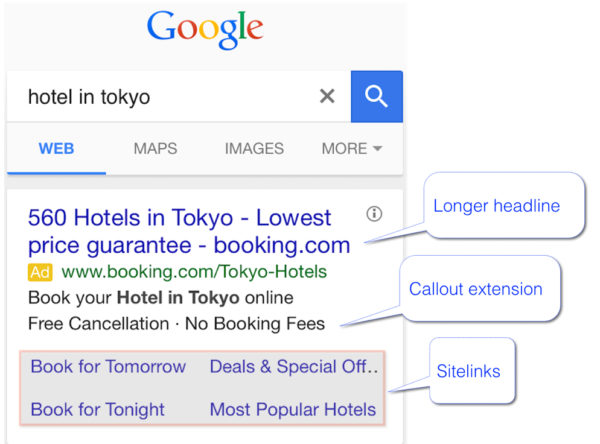
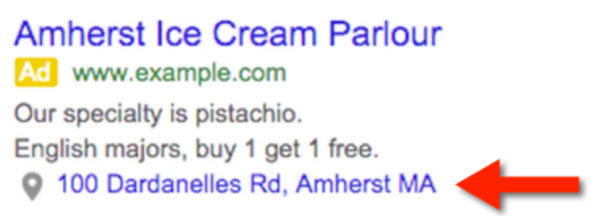
Very useful – thank you Chandler.